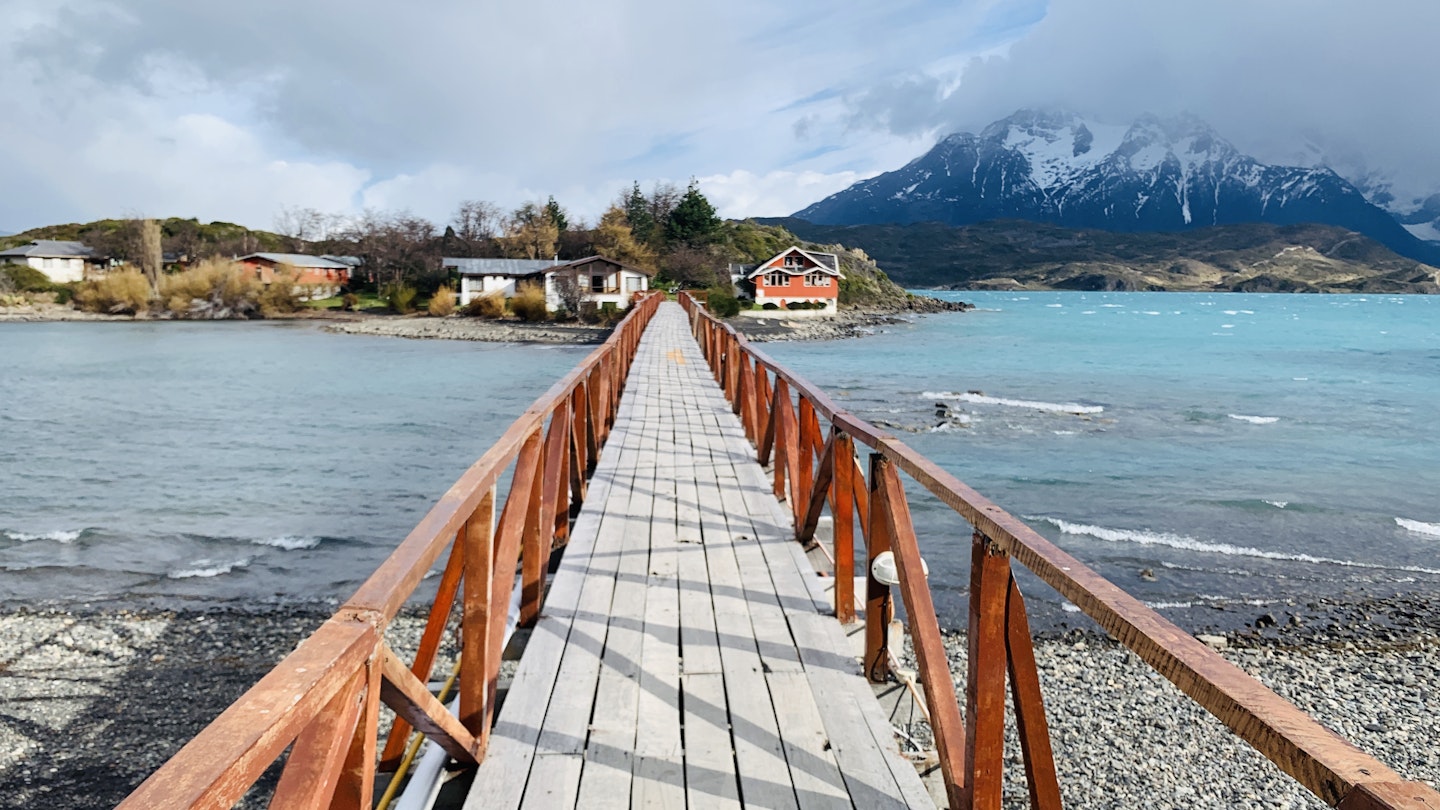Discovering Patagonia: An Unforgettable Journey with GoTravelDaily
I’m not exactly the rugged outdoor adventurer who seeks out adrenaline-fuelled experiences and destinations. However, sometimes I like to challenge myself, so I embarked on a trip to Patagonia, where I hoped not only to explore a place unlike any I’d previously experienced but also to discover my own comfort level.
My tolerance for discomfort was immediately tested upon reaching Torres del Paine National Park. It was a long journey, which, since I was traveling from the US, involved connecting flights in Mexico and Chile, followed by a five-hour drive to the park – a full hour longer than anticipated thanks to the region’s famous winds.
Glamping in Patagonia
With that first test of my comfort level under my belt, I checked into Patagonia Camp and immediately knew I’d not only survive the week, but I’d thrive. South America’s only luxury yurt resort is glamping at its finest, akin to a five-star hotel with luxury linens and an outdoor hot tub. Moreover, it was exciting to see that the resort’s amenities are all biodegradable, allowing reclaimed water to return to nature (so leave your shampoo and soap at home).
The bonus? My upscale “tent” had a skylight that allowed me to gaze at the vast star-filled sky at night. Additionally, I was delighted to enjoy the camp’s gourmet meals and exceptional Chilean wines, which satiated much more than my appetite.
No matter where I travel, I love to engage with local guides who offer a truly authentic experience. I want to hear their personal stories and see the region through their eyes. My guide, Marcy, provided by Patagonia Camp, is not only a native of the region but also incredibly passionate about her home. Consequently, her stories were shared from the heart.
One day, she introduced me to maté, South America’s version of an energy drink. Knowing my fascination with gauchos (the Chilean cowboys), she took me on a private stroll to a nearby puesto (a tiny cabin where gauchos typically shelter) and taught me the art of sharing a gourd of maté. It was a ritual filled with the coziness of storytelling.
Outdoor Excursions that Deepen Your Appreciation for Nature

Soon it was time to leave the comforts of camp behind and test my resilience in the field. Following the region’s necessary mantra to dress for the seasons, we set out for the park’s Flora and Fauna Trail after receiving essential advice on what to do if you encounter a puma.
The trail was wide open and flat, not as challenging as the W Trail, but the ideal terrain for hearing Marcy’s insights on the wildlife of the region. She delighted us with tips on spotting a condor’s nest and shared fascinating information about guanacos (South America’s version of the llama) and their unique bathing rituals.
Moreover, Marcy had a keen intuition as she shushed our group, pulled out her binoculars, and spotted two pumas chasing a pack of guanacos in the distance. It was an exhilarating sight!

For a long time, I assumed my deep dislike of cold weather meant the closest I’d get to frozen landscapes like Antarctica was through friends’ photos. However, my interest in water drew me to the concept of seeing icebergs and azure seas in person. Visitors to Patagonia can embark on a Lake Gray boat excursion weaving through the icebergs formed by Andean glaciers.
I opted to approach the icebergs on foot, strolling along Lago Grey beach, allowing me to savor the moment, admire the beauty, and capture a few memories with some selfies.
Chilean Food and Wine is Soulful

A significant part of experiencing any culture is partaking in the food; breaking bread together is essential for the soul. Therefore, it was a delightful occasion when the chef at Patagonia Camp hosted an asado, a traditional Chilean barbecue. Sheep are prevalent in the region, which are celebrated during asado that often follows big seasonal workdays.
Naturally, Chilean wine plays a significant role in this celebration. In this instance, it was served warm as gluhwein (a kind of mulled beverage) while the camp’s employees and guides shared stories of their own family’s asado traditions, highlighting the sentiment that “your tummy doesn’t get full, your heart does.”
I found that sentiment to ring true throughout my stay in Patagonia. Even when pushed outside my comfort zone and challenged by the rugged landscape, this region nourished me in unexpected ways. It wasn’t just the peaks or glacial lakes or even the comfortable accommodations that made my trip enjoyable; it was the generosity and experiences of the locals that transformed the connection between person and place into something truly soulful.
This article was originally published on December 13, 2019.





